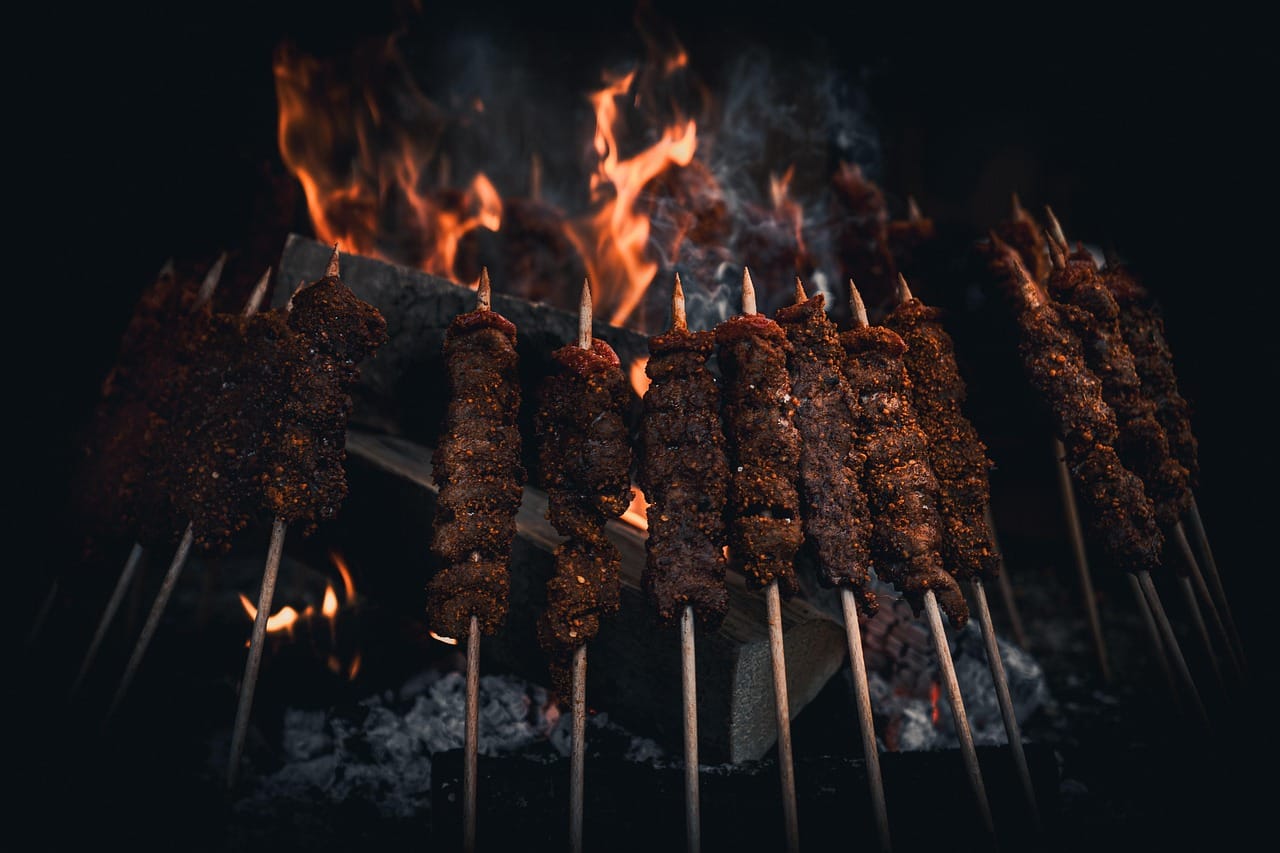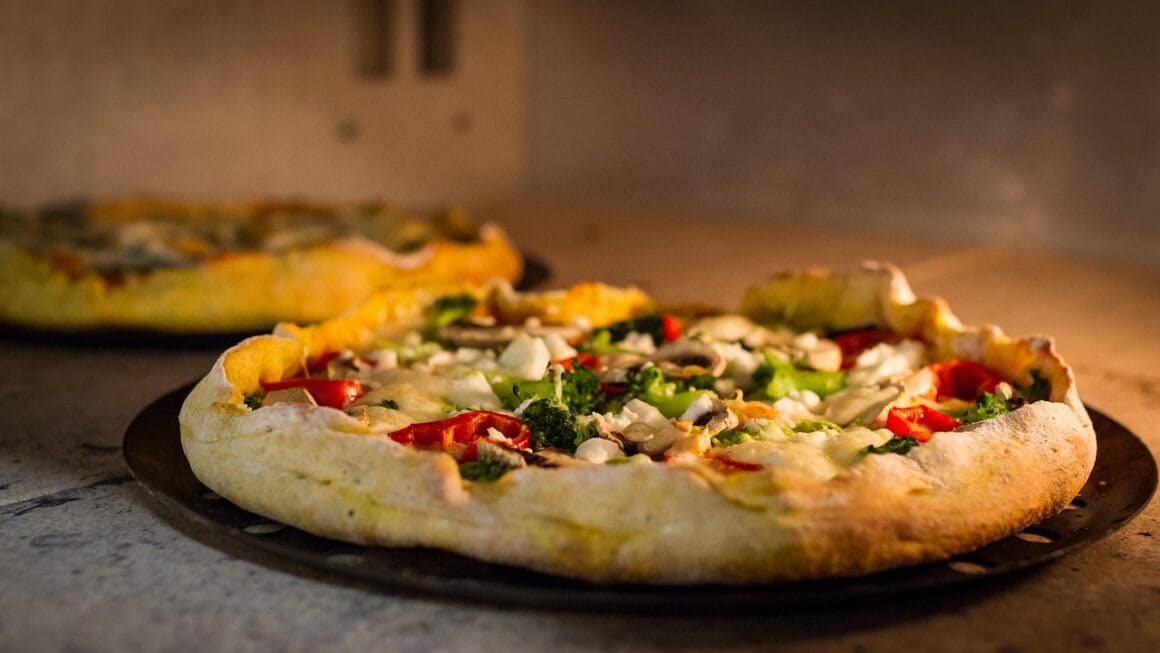Food festivals are more than just places to grab a quick bite; they are vibrant celebrations of culture, community, and culinary artistry. From showcasing local farmers and artisans to introducing exotic flavors from around the globe, these events offer an immersive experience that tantalizes the taste buds and nourishes the soul. Whether you’re a seasoned foodie or simply looking for a fun day out, exploring the world of food festivals is a journey well worth taking.
The Allure of Food Festivals: Why They’re So Popular
A Feast for the Senses
Food festivals offer a unique sensory experience. Imagine strolling through a bustling marketplace filled with the aroma of freshly baked bread, sizzling meats, and exotic spices. The vibrant colors of produce, the lively music, and the excited chatter of fellow food enthusiasts create an atmosphere that’s both stimulating and enjoyable.
- Sight: Visually appealing food displays, colorful decorations, and lively crowds.
- Smell: Aromatic blend of different cuisines, enticing even the pickiest eaters.
- Sound: Live music, cooking demonstrations, and the joyful noise of people enjoying themselves.
- Taste: Opportunity to sample a wide variety of dishes and flavors.
- Touch: Feeling the freshness of ingredients, the textures of different foods, and the warmth of the sun (depending on the location and season).
Supporting Local Communities and Businesses
Many food festivals are dedicated to supporting local farmers, artisans, and food entrepreneurs. By attending these events, you’re directly contributing to the economic vitality of your community.
- Boosting Local Economies: Food festivals provide a platform for local businesses to reach a wider audience and increase sales.
- Promoting Sustainable Agriculture: Many festivals prioritize vendors who use sustainable farming practices and source their ingredients locally.
- Creating Job Opportunities: From event organizers to food vendors, food festivals create numerous job opportunities within the community.
- Example: The Gilroy Garlic Festival in California significantly boosts the local economy by showcasing the region’s renowned garlic and attracting thousands of visitors.
A Culinary Adventure: Exploring New Flavors
Food festivals are an excellent opportunity to expand your culinary horizons and discover new flavors. Many festivals feature a diverse range of cuisines, from traditional dishes to innovative creations.
- Trying Unique Dishes: Sample dishes you might not find in local restaurants.
- Discovering Ethnic Cuisines: Experience the authentic flavors of different cultures.
- Meeting Chefs and Food Experts: Learn about the history and preparation of different foods.
- Example: The New Orleans Wine & Food Experience offers attendees the chance to sample a wide variety of wines and dishes from Louisiana and around the world, often paired with expert-led seminars and tastings.
Planning Your Food Festival Visit: Tips and Tricks
Researching and Selecting the Right Festival
With so many food festivals happening around the world, it’s important to do your research and choose one that aligns with your interests.
- Consider your culinary preferences: Are you a fan of spicy food, seafood, or vegetarian cuisine?
- Check the festival’s website: Look for information about vendors, activities, and ticket prices.
- Read reviews: See what other attendees have to say about their experience.
- Factor in location and travel costs: Consider festivals that are easily accessible and within your budget.
- Example: If you’re a vegetarian, search for festivals that specifically cater to vegetarian and vegan diets. Look at past vendor lists to gauge the variety.
Maximizing Your Experience: What to Bring and Expect
Preparing for a food festival can enhance your overall experience. Here are some essential items to bring:
- Comfortable Shoes: You’ll be doing a lot of walking and standing.
- Reusable Water Bottle: Stay hydrated throughout the day.
- Sunscreen and Hat: Protect yourself from the sun.
- Cash: Some vendors may not accept credit cards.
- Reusable Shopping Bag: For carrying any goodies you purchase.
- Small Notebook and Pen: To jot down your favorite dishes and vendor names.
- Expect Crowds: Food festivals can be very crowded, so be prepared for long lines and tight spaces.
- Plan your route: Take a look at the festival map and prioritize the vendors you want to visit.
- Pace yourself: Don’t try to eat everything in one go. Sample small portions and take breaks.
Budgeting for Your Food Festival Adventure
Food festivals can be expensive, especially if you’re tempted to try everything. Setting a budget beforehand can help you avoid overspending.
- Set a spending limit: Decide how much you’re willing to spend on food, drinks, and souvenirs.
- Compare prices: Look at the menu boards and compare prices before making a purchase.
- Take advantage of free samples: Many vendors offer free samples, allowing you to try before you buy.
- Consider purchasing a tasting package: Some festivals offer tasting packages that allow you to sample multiple dishes for a fixed price.
- Example: Calculate the cost of entry, transportation, and estimated food expenses. Allocate funds for souvenirs and unexpected treats, but try to stick to your predetermined budget.
Notable Food Festivals Around the World
International Culinary Celebrations
From Europe to Asia, food festivals offer a global culinary journey.
- Oktoberfest (Germany): Celebrates Bavarian culture with traditional German food, beer, and music.
- Taste of Chicago (USA): Showcases Chicago’s diverse culinary scene.
- Melbourne Food and Wine Festival (Australia): Features world-renowned chefs, wine tastings, and culinary experiences.
- Albuquerque International Balloon Fiesta (USA): While primarily known for its hot air balloons, the Fiesta also boasts a huge array of food vendors offering everything from New Mexican cuisine to carnival favorites.
- Example: Traveling to a food festival can be an adventure in itself, allowing you to explore new cultures and cuisines simultaneously.
Regional and Local Food Festivals
Many regions and cities host food festivals that celebrate their unique culinary heritage.
- Maine Lobster Festival (USA): Celebrates Maine’s iconic seafood with lobster bakes, parades, and cooking contests.
- National Cherry Festival (USA): Celebrates the cherry harvest with pie-eating contests, parades, and cherry-themed foods.
- Great British Food Festival (UK): Showcases local produce, artisan foods, and cooking demonstrations.
- Example: Attending a local food festival is a great way to support your community and discover hidden culinary gems.
Unique and Themed Food Festivals
Some food festivals focus on specific ingredients, cuisines, or themes.
- Gilroy Garlic Festival (USA): Celebrates all things garlic with garlic-themed foods, cooking competitions, and entertainment.
- World Pizza Championship (Italy): Features pizza chefs from around the world competing for the title of World Pizza Champion.
- La Tomatina (Spain): A massive tomato fight that is part of a larger festival celebrating the local patron saint.
- Example: These unique and themed food festivals offer a fun and memorable culinary experience.
The Future of Food Festivals: Trends and Innovations
Sustainability and Ethical Sourcing
Increasingly, food festivals are prioritizing sustainability and ethical sourcing.
- Reducing food waste: Implementing composting and recycling programs.
- Supporting local farmers: Sourcing ingredients from local farms and producers.
- Promoting fair trade practices: Ensuring that farmers and workers are paid fair wages.
- Example: Festivals are working towards reducing their environmental impact by promoting sustainable practices.
Technology and Innovation
Technology is playing an increasingly important role in enhancing the food festival experience.
- Online Ticketing and Registration: Streamlining the ticketing process and reducing wait times.
- Mobile Apps: Providing festival maps, vendor information, and real-time updates.
- Contactless Payments: Allowing attendees to make purchases quickly and easily.
- Interactive Cooking Demonstrations: Using technology to enhance the learning experience.
- Example: Using mobile apps to order food in advance and skip the lines.
Experiential and Immersive Experiences
Food festivals are becoming more experiential and immersive, offering attendees a chance to engage with food in new and exciting ways.
- Cooking Classes and Workshops: Learning how to prepare different dishes and cuisines.
- Chef Demonstrations and Talks: Hearing from renowned chefs and food experts.
- Food and Wine Pairings: Discovering the perfect pairings for different dishes.
- Interactive Art Installations: Creating visually appealing and engaging experiences.
- Example: Festivals are incorporating interactive elements to create memorable experiences for attendees.
Conclusion
Food festivals offer a unique and rewarding experience for food lovers of all kinds. They are a celebration of culture, community, and culinary artistry, providing opportunities to explore new flavors, support local businesses, and create lasting memories. By planning your visit carefully and embracing the spirit of adventure, you can make the most of your food festival experience. So, whether you’re a seasoned foodie or simply looking for a fun day out, get ready to embark on a culinary journey that will tantalize your taste buds and nourish your soul. Start exploring the food festivals near you today!




